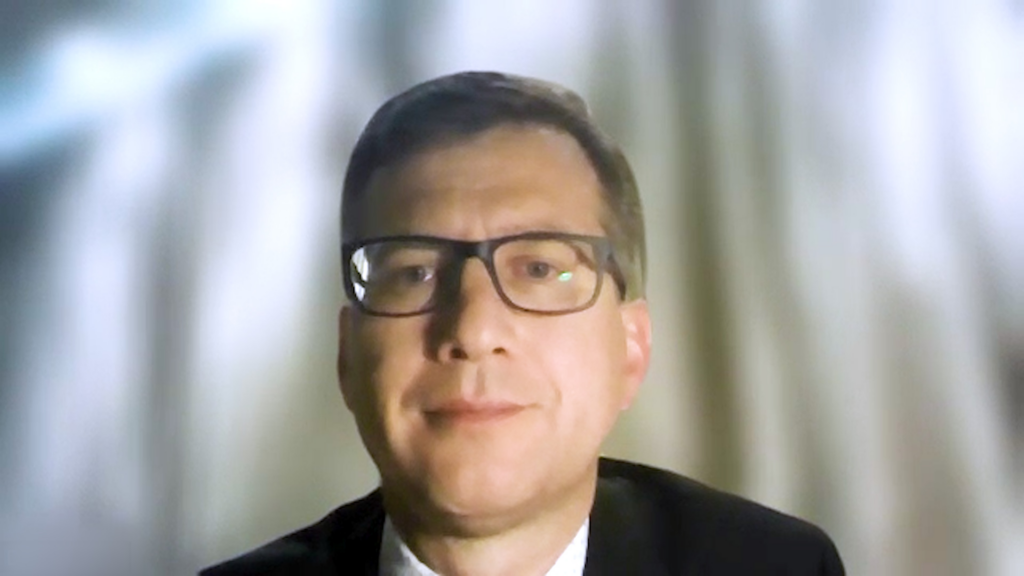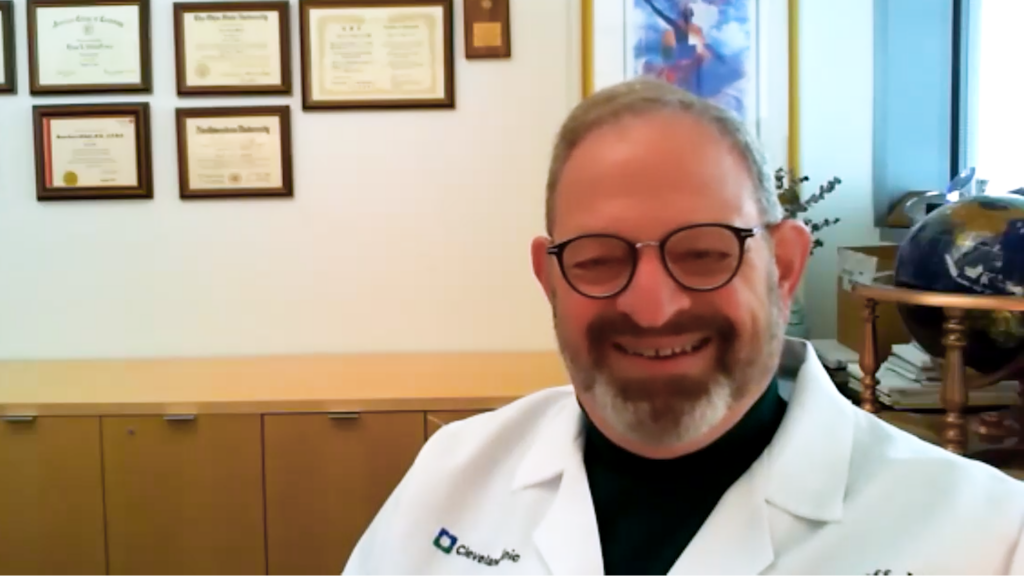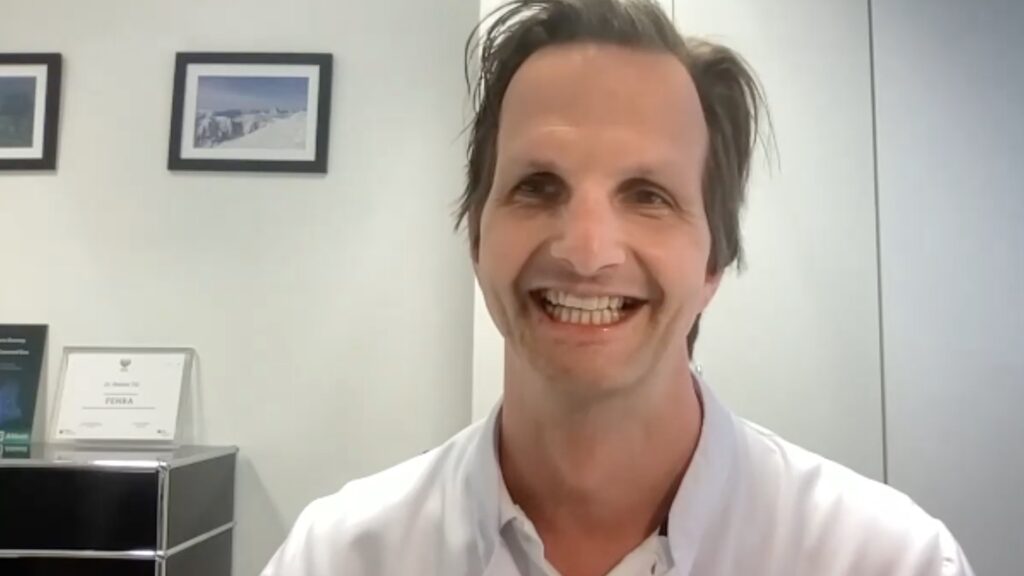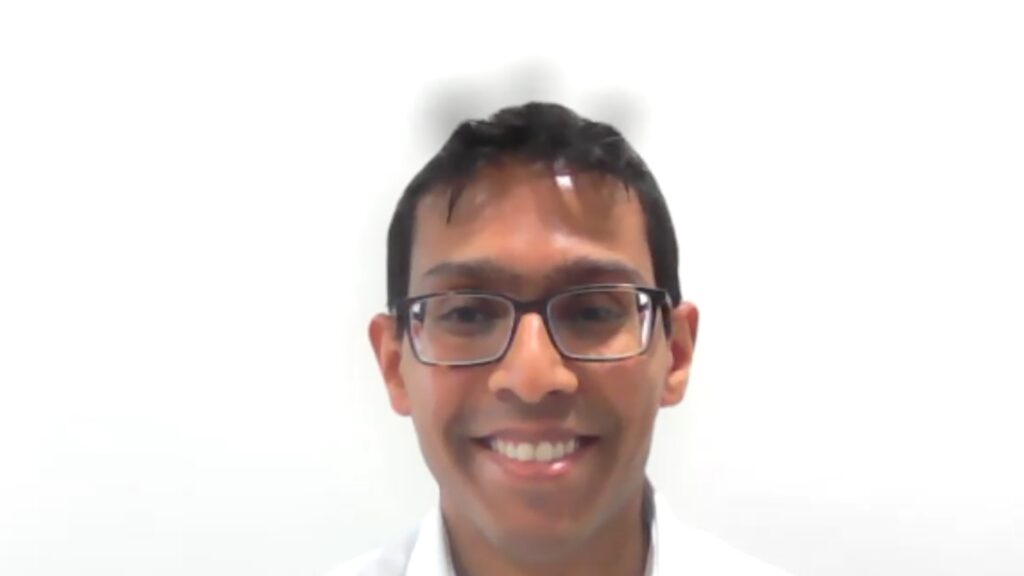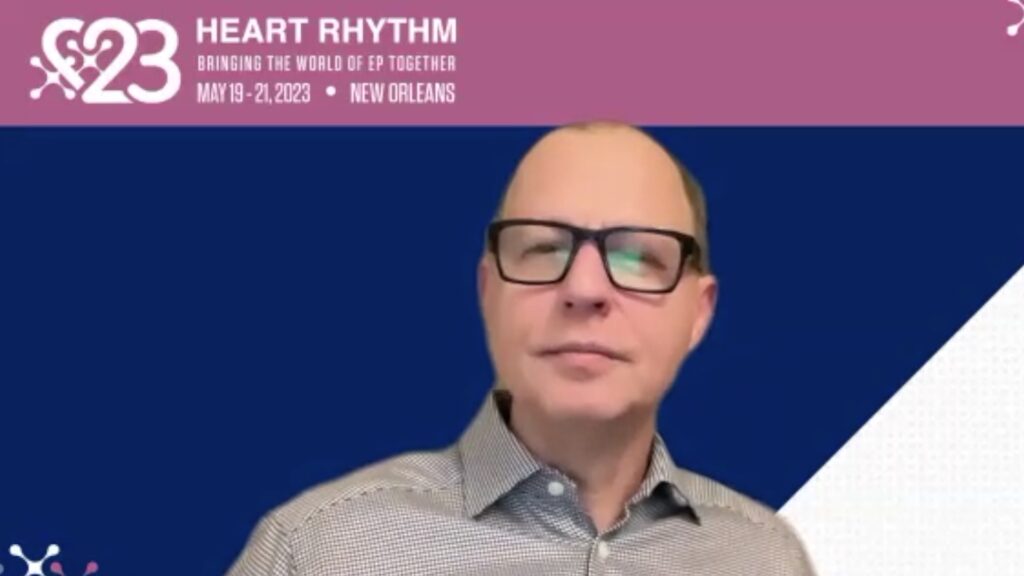Atrial fibrillation (AF) is the most common sustained cardiac arrhythmia, but is often troublesome to monitor for in patients who present infrequently or as clinically silent. In this touchCARDIO interview, we speak with Dr Rohan Wijesurendra (University of Oxford, Oxford, UK) to discuss the challenges in the diagnosis of AF.
Dr Wijesurendra presented an abstract entitled ‘Active monitoring for atrial fibrillation (AMALFI): a streamlined randomised controlled trial of remote screening for subclinical atrial fibrillation’ at the European Heart Rhythm Association congress, 16–18, April 2023.
Click here to view the video on the AMALFI trial.
Question:
What are the challenges in the diagnosis of atrial fibrillation? (0:19)
Disclosures: Rohan Wijesurendra has nothing to disclose in relation to this video interview.
Support: Interview and filming supported by Touch Medical Media. Interview conducted by Danielle Crosby.
Filmed as a highlight of EHRA 2023
Access more content on atrial fibrillation here
Transcript:
My name’s Dr Rohan Wijesurendra. I’m a Senior Clinical Research Fellow at the University of Oxford and a Consultant Cardiologist Electrophysiologist at Oxford University Hospitals NHS Trust.
Q. What are the challenges in the diagnosis of atrial fibrillation?
It’s an interesting question. And atrial fibrillation (AF) is the most common sustained cardiac arrhythmia. In some cases, it is very easy to diagnose when patients have a lot of symptoms and a high burden of AF. Simply recording an ECG, an electrocardiogram, at the time of symptoms is sufficient to make the diagnosis. But it becomes more difficult when patients have infrequent symptoms and you try to record an ECG at the time becomes difficult or indeed in some patients who have no symptoms at all and in whom AF is clinically silent.
But it remains important to try and make the diagnosis in those cases because AF is not a benign condition. It is associated with adverse cardiovascular events, including stroke, and importantly, the appropriate introduction of oral anticoagulation and in many cases can reduce that risk of stroke. So it makes it important to try and find cases of silent AF, and hence the idea of screening becomes possible. That takes various forms. So in current guidelines, opportunistic screening is recommended. That means feeling the pulse or taking an ECG at the time of the consultation for other reasons. But the yield of AF that one would detect from that approach is lower than if you use a more intensive screening process, such as wearing an ECG patch, that is worn for up to two weeks, for example. Or putting an implantable LOOP recorder in for an even longer period.
Subtitles and transcript are autogenerated



